- Written By Team DWS
- Festivals
- April 15, 2025
Bihu: Celebrating the Bengali New Year with Joy and Tradition
As the winter chill slowly gives way to the warmth of spring, the people of Assam usher in one of their most vibrant and significant festivals: Bihu. This festival, celebrated thrice a year, not only marks the turn of seasons but also serves as a grand celebration of life, love, and community. Bihu embodies the traditions and cultural richness of the Assamese people, making it a time for feasting, dancing, and devotion. In this blog, we will delve into the essence of Bihu, exploring its history, customs, and the joy it brings to Assamese communities around the world.

The Three Phases of Bihu
Bihu is primarily celebrated in three phases—Bohag Bihu (or Rongali Bihu), Kati Bihu, and Magh Bihu (or Bhogali Bihu). Each phase has its unique significance, rituals, and cultural expressions.
Bohag Bihu: Welcoming the New Year
Bohag Bihu, celebrated in mid-April, heralds the arrival of the Assamese New Year. It coincides with the harvest season and is a moment of great joy and renewal. The onset of spring sees nature at its best, with lush green fields and blooming flowers. Families and communities come together to celebrate with grand feasts featuring traditional dishes such as pitha (rice cakes) and fish curry.
During Bohag Bihu, cultural programs are held, showcasing the famous Bihu dance. This dance is characterized by quick, rhythmic movements, and is often performed in open fields or community gatherings. The dances are usually accompanied by folk songs that express love, longing, and the beauty of nature. People dress in traditional attire, with men wearing dhotis and gamochas and women adorned in beautiful mekhela chadors, adding to the festive atmosphere.
Kati Bihu: A Time for Reflection
Celebrated in mid-October, Kati Bihu represents a quieter time in the agricultural calendar. While Bohag Bihu is a time for celebration, Kati Bihu is marked by rituals of thanksgiving and reflection. Farmers pray for a good harvest and the well-being of their crop.
One of the most significant rituals of Kati Bihu is the lighting of earthen lamps (saki) in paddy fields, symbolizing the hope for prosperity and protection for the crops. Families also prepare simple meals during this time, focusing on the agricultural bounty that they pray will nourish them in the coming months.
Magh Bihu: A Feast of Abundance
Magh Bihu, occurring in mid-January, is a harvest festival celebrated with much enthusiasm. It is a time for feasting and revelry, marking the end of the harvest season. The celebrations often involve community gatherings, where people come together to enjoy traditional dishes, especially meat and fish. The highlight is the Bihu mela, a fair that showcases local crafts, food, and cultural performances.
One of the exciting aspects of Magh Bihu is the community bonfires (Bihu Bhoson), around which people gather to sing, dance, and enjoy each other’s company. Traditional games and competitions add to the festive spirit, fostering camaraderie and unity among participants.
The Cultural Significance of Bihu
Bihu is more than just a festival; it is a celebration of social harmony and cultural identity. The festival transcends geographical boundaries, uniting Assamese people across India and the world. Music and dance are central to Bihu celebrations, showcasing the rich heritage of Assamese folk traditions.
Bihu songs, known for their rhythmic beats and melodic tunes, depict the agricultural lifestyle, love stories, and the relationship between humans and nature. These songs are often sung during the festival's various celebrations, creating a sense of belonging and shared identity among the Assamese.
Bihu also serves as an important reminder of the need for community bonds. It brings people together, encouraging the spirit of sharing and giving. Organizations and individuals often come forward to help the less fortunate during this time, showcasing the values of compassion and togetherness that are at the heart of Assamese culture.
Conclusion
Bihu is a joyful celebration that encapsulates the essence of Assamese culture and its connection to nature. At its core, the festival is about renewal, gratitude, and togetherness. Through its vibrant dances, melodious songs, and sumptuous feasts, Bihu offers a glimpse into the rich tapestry of traditions that make Assam unique.
As we celebrate Bihu, we not only honor the changing seasons and bountiful harvests but also the resilience and spirit of a community that thrives on its culture. Whether you are in Assam or anywhere in the world, the spirit of Bihu finds a way to connect us all, reminding us to celebrate life with joy, love, and laughter. So, as the festivities unfold this season, let us embrace the traditions, share in the joy of gathering with loved ones, and partake in the vibrant celebrations that embody our rich heritage. May the rhythms of the Bihu dance and the melodies of traditional songs inspire us to cherish our roots and foster unity among diverse communities. Together, let us spread the warmth of Bihu, bridging distances and weaving a tapestry of shared memories and experiences that celebrate the essence of life itself. Happy Bihu to everyone!

Bengali New Year - Bihu FAQs
Sure! Here are some frequently asked questions (FAQs) about Bihu, the traditional festival celebrated in Assam, India, which marks the Assamese New Year.
1. What is Bihu?
Bihu is a celebration that marks the Assamese New Year and the change of seasons in Assam. It is a significant cultural festival observed by the Assamese people, characterized by traditional music, dance, and feasting.
2. When is Bihu celebrated?
Bihu is celebrated in three seasons:
- Bohag Bihu (or Rongali Bihu) in April, marking the Assamese New Year and the spring season.
- Kongali Bihu in October, marks the autumn season and is a time for the harvest festival.
- Bhogali Bihu (or Magh Bihu) in January, celebrating the end of the harvesting season.
3. What does Bohag Bihu signify?
Bohag Bihu signifies the arrival of the spring season, new beginnings, and the harvest of crops like rice, mustard, and fruits. It is a time of joy, renewal, and festivities.
4. How is Bihu celebrated?
Bihu is celebrated with various cultural activities such as:
- Traditional Bihu dance forms, where people perform in groups wearing traditional attire.
- Singing Bihu songs that celebrate nature, love, and the bounty of the harvest.
- Preparing and sharing traditional Assamese dishes, including rice, fish, and meat preparations.
- Visiting family and friends, exchanging greetings and gifts.
5. What are some traditional Bihu foods?
Some popular dishes prepared during Bihu include:
- Pitha (rice cakes and sweets).
- Masor Tenga (sour fish curry).
- Various types of rice and meat preparations.
- Different sweetmeats made from rice flour and jaggery.
6. What is the significance of the Bihu dance?
The Bihu dance is a vibrant and energetic folk dance performed during Bihu celebrations. It symbolizes the joy of life, love, and the bounty of nature. The dance moves reflect the rhythms of nature and rural life, making it an essential part of Bihu festivities.
7. Are there any special rituals associated with Bihu?
Yes, during Bohag Bihu, people perform rituals to honor nature and their ancestors. This may include prayer offerings to seek blessings for a bountiful harvest and prosperity in the coming year.
8. Is Bihu celebrated only in Assam?
While Bihu is predominantly celebrated in Assam, it is also observed by Assamese communities living in other parts of India and around the world, bringing together people of Assamese heritage to celebrate their culture.
9. Can non-Assamese people participate in Bihu celebrations?
Absolutely! Bihu celebrations are open to everyone, regardless of their cultural background. The festivities are characterized by inclusiveness, and many people, both Assamese and non-Assamese, participate in the joy of the festival.
10. How has Bihu evolved over the years?
Bihu has retained its traditional significance, but it has also evolved with modern influences. Today, Bihu celebrations may include newer forms of music and dance, as well as the incorporation of technology in celebrations, while still honoring the age-old customs.
Feel free to reach out if you have any more questions or need further information!
Popular on Blogs
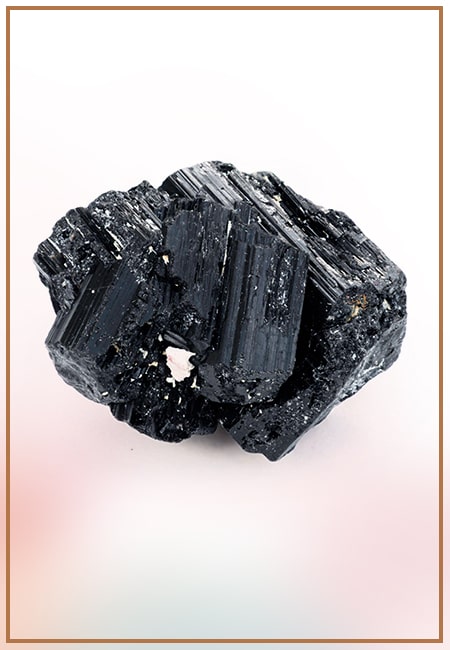
Black Tourmaline: Meaning, Healing Properties, Fascinating Facts, Powerful Attributes, Versatile Uses, and Beyond
September 05, 2023 / BY Team DWS
Black Tourmaline, also known as Schorl, is a highly revered crystal with incredible metaphysical properties. It derives its name from the Dutch word "turamali," meaning "stone with ..

Carnelian Stone: Meaning, Healing Properties, Power, Facts, Color, Uses and More
December 26, 2023 / BY Team DWS
Carnelian is a vibrant and captivating gemstone that holds a plethora of meanings, healing properties, and powers. Its warm and fiery energy makes it a popular choice among crystal ..
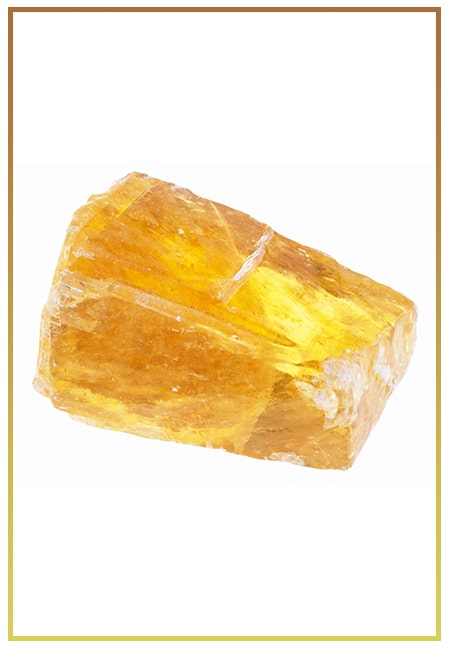
Citrine: Exploring its Meaning, Healing Properties, Fascinating Facts, Powers, Versatile Uses, and Much More
November 18, 2023 / BY Team DWS
Citrine, with its warm golden hues, has captured the attention and imagination of people for centuries. This beautiful gemstone, commonly associated with wealth and prosperity, hol ..

Black Onyx: Unveiling the Meaning, Healing Properties, Fascinating Facts, Powerful Attributes, Versatile Uses, and Beyond
July 25, 2023 / BY Team DWS
Black Onyx, a striking gemstone admired for its deep black hue and elegant appearance, has captivated people for centuries. In this comprehensive guide, we will delve into the mean ..
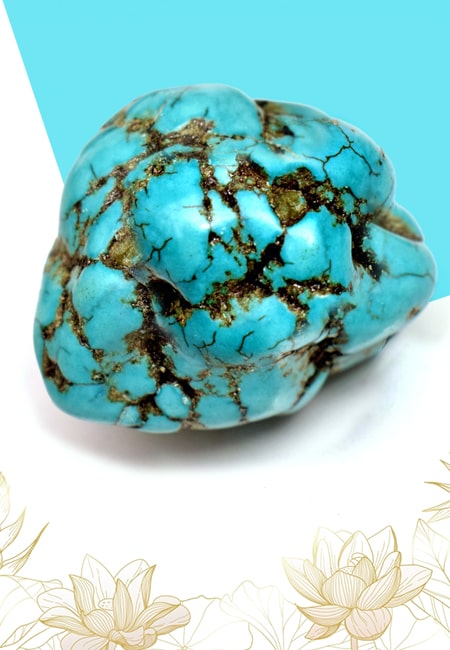
Unveiling the Mysteries of Turquoise Stone: Exploring its Meaning, Healing Properties, Power, Facts, Color, Uses, and More
December 05, 2023 / BY Team DWS
Turquoise, with its captivating blue-green hue, has been adorning jewelry and artifacts for centuries. This striking stone has a rich history, rich symbolism, and a plethora of int ..
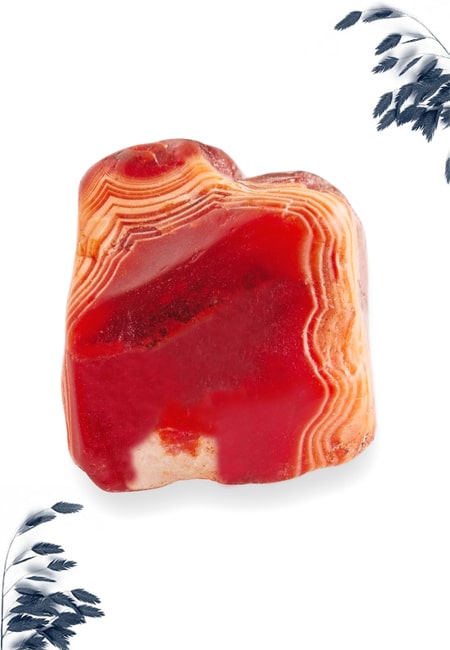
The History Behind The Popularity of Red Agate
December 23, 2022 / BY Team DWS
An Agate is a type of magma rock that takes many years till it is washed out naturally into the water. And that is the reason this stone has elements of water. This beautiful stone ..

Plan a Perfect Valentine's Week with Our Valentine Week List 2025
January 22, 2024 / BY Team DWS
Valentine's Day is undoubtedly the most romantic day of the year, but we believe that one day is just not enough to express your love and make your partner feel special. That's why ..
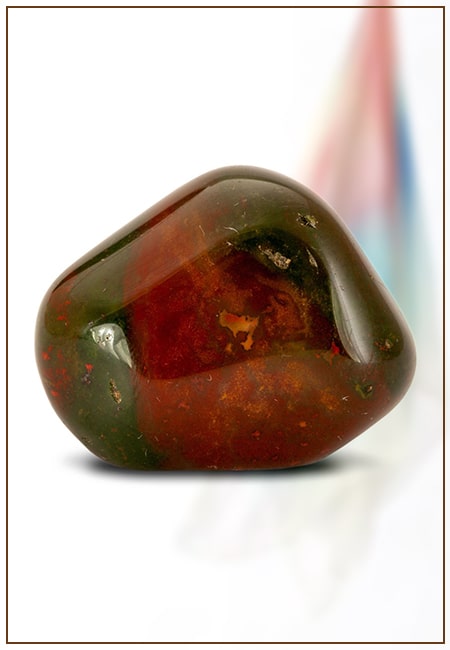
Bloodstone: Unveiling the Meaning, Healing Properties, Facts, Powers, Uses, and More
August 21, 2023 / BY Team DWS
Bloodstone, with its captivating deep green color with specks of red, is a mesmerizing gemstone that has fascinated civilizations for centuries. It possesses unique healing propert ..


